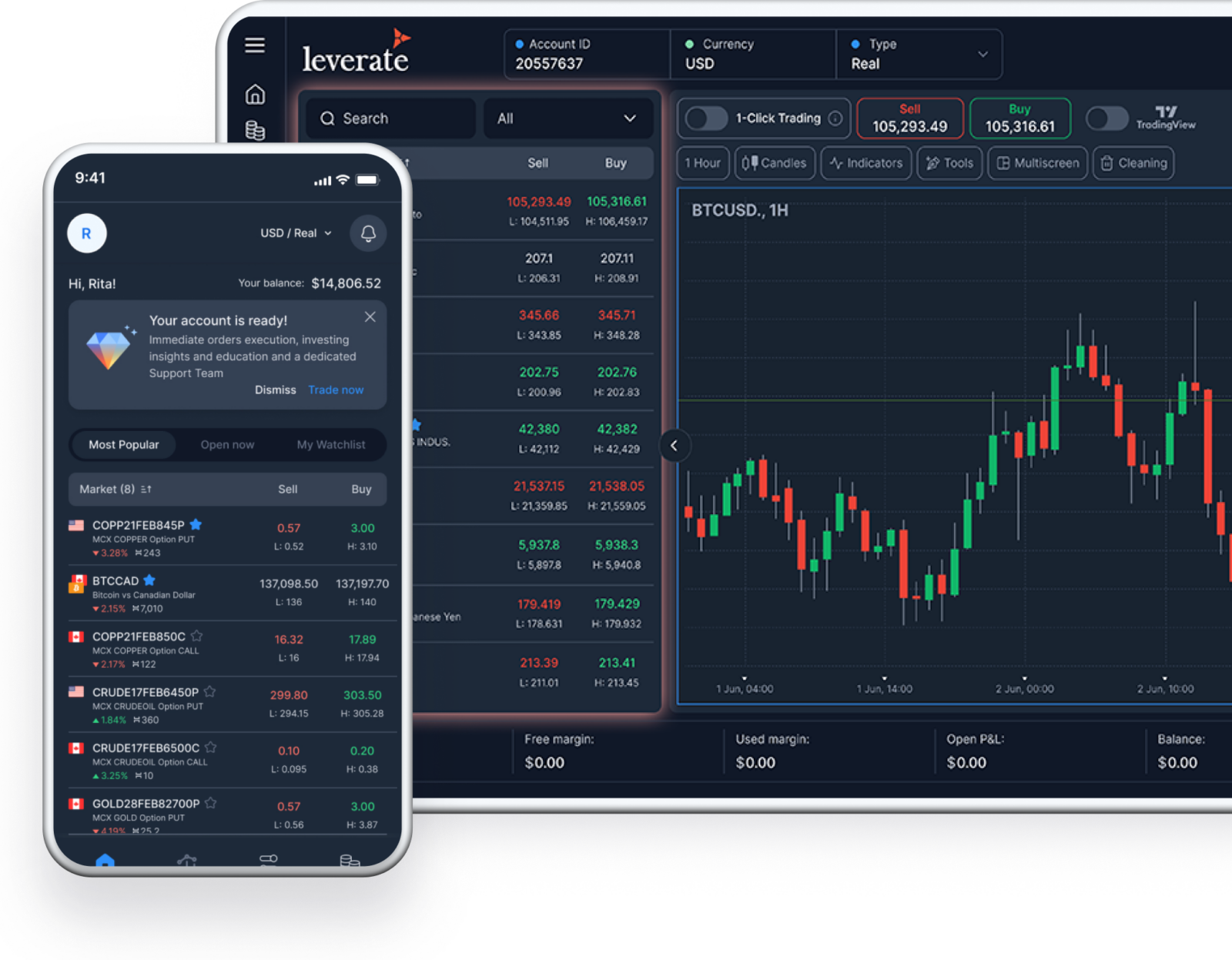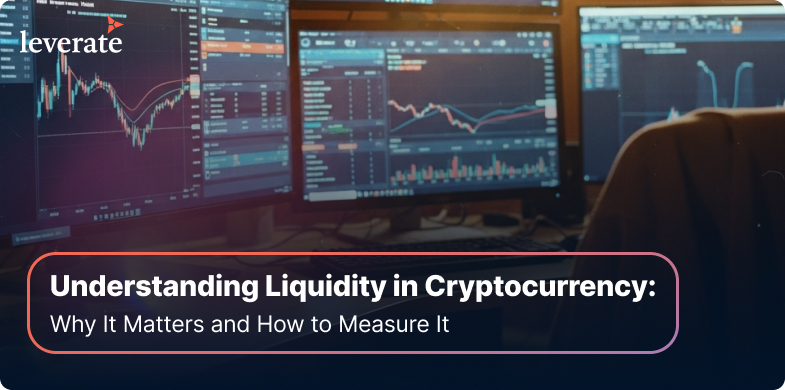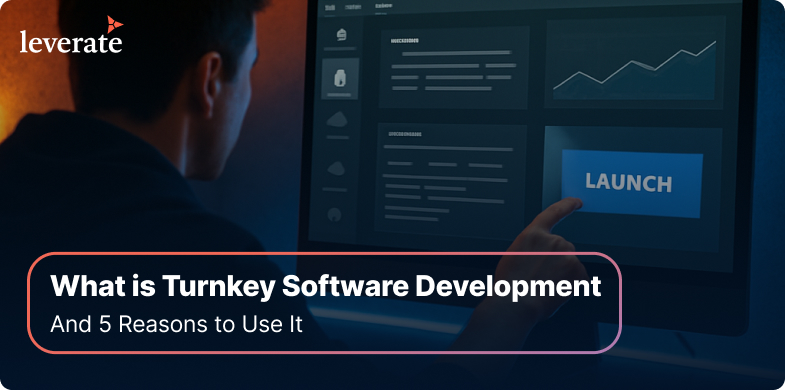
Beyond Tight Spreads: 7 Hidden Costs of Choosing the Wrong Forex Liquidity Provider
The Illusion of Tight Spreads
In FX, “tight spreads” are the industry’s favorite illusion, a number polished for headlines but detached from trading reality. “0.0 pips” looks great on a landing page, but under the hood, it often signals something else entirely: a liquidity setup stretched thin and a brokerage one market shock away from chaos.
A spread tells you what it costs to open a trade. It doesn’t tell you what it costs to keep a business running profitably. That’s where the wrong forex liquidity provider quietly extracts its toll, through hidden latency, shallow liquidity pools, opaque execution, and the operational drag that bleeds into your bottom line. Spreads sell. Stability retains.
This article unpacks the unseen costs of a bad liquidity provider forex partnership, and what brokers should really measure if they want to protect profit, reputation, and trust.
Why Liquidity Providers Matter More Than You Think
Behind every smooth trade execution sits an army of systems, counterparties, and aggregation engines, all managed by your liquidity provider.
A reliable forex liquidity provider doesn’t just supply quotes; it shapes your entire trading experience.
They determine:
- How fast trades are filled.
- How consistent your spreads are under pressure.
- How your risk is hedged during volatility.
- And how your brokerage stands up to regulatory scrutiny.
In other words: The right liquidity provider isn’t an accessory to your business, it is your business..
Yet, too many brokers chase cheap spreads and ignore the deeper variables that define success. The result? Latency, loss of client trust, and the slow erosion of profitability. Let’s expose those hidden costs.

The 7 Hidden Costs of Choosing the Wrong Forex Liquidity Provider
1. Execution Delays & Slippage
Every millisecond matters. A 100ms delay can mean the difference between a profitable trade and an angry client. Poorly optimized LPs with weak infrastructure or overloaded bridges create slippage, trades executed at worse prices than quoted.
The hidden cost? Lost trader confidence and higher churn. Once traders doubt your execution speed, they don’t just stop trading, they move their volume elsewhere.
Tight spreads can’t fix broken trust.
2. Poor Depth of Market (Thin Liquidity Pools)
Cheap liquidity often means thin liquidity, a handful of price streams instead of a deep, institutional-grade pool. When markets spike, those shallow feeds dry up, spreads widen, and volatility wreaks havoc.
The difference between retail-grade and Prime of Prime liquidity is night and day. Institutional feeds from multiple Tier-1 banks and ECNs provide real depth, ensuring your traders get consistent prices even when volatility surges.
Without it, you’re running a race on an empty tank.
3. Requotes and Price Manipulation
Few things damage a broker’s reputation faster than re-quotes. They scream “unreliable execution” to traders and trigger regulatory alarms for unfair practices.
Low-quality fx liquidity providers may route orders through inefficient or opaque channels, causing artificial price shifts or intentional delays. Transparency is everything, your liquidity provider should offer real-time aggregation visibility and tamper-proof execution logs.
If your LP’s pricing looks “too perfect,” ask what’s behind the curtain.
4. Over-Reliance on a Single LP
Imagine your entire brokerage grinding to a halt because one liquidity feed goes down. It happens more often than you think. Many brokers depend on a single provider, exposing themselves to downtime, pricing gaps, or outright market disconnection.
Smart brokers build redundancy, through multi-LP aggregation or a Prime of Prime liquidity setup, to ensure continuous execution even if one source fails.
Relying on one LP is like trading without a stop-loss, fine until it isn’t.
5. Hidden Fees and Margin Requirements
Low spreads are often a marketing trick. Some LPs lure brokers in with “tight pricing” but quietly pile on:
- Excessive margin requirements
- Volume-based markups
- Overnight swap spreads
- Opaque financing conditions
These eat into your profit margins faster than any visible commission.
Always ask for a clear fee breakdown. Real Prime of Prime providers (like Leverate Prime Liquidity) offer transparent cost structures, so you always know where your money’s going.
6. Compliance & Regulatory Blind Spots
Partnering with an unregulated or offshore LP might look cheap… until it isn’t.
A single compliance failure, like AML reporting lapses or mismatched jurisdictional data, can trigger fines, license issues, or blacklisting from payment providers.
Regulatory integrity should be non-negotiable.
The right liquidity provider forex partner operates under strict oversight (think FCA, CySEC, ASIC) and provides full transparency in reporting.
Because in 2025’s compliance landscape, ignorance is expensive.
7. Inflexible Integration and Technology Limits
Even the best liquidity feed is useless if it doesn’t connect seamlessly.
Outdated APIs, poor FIX protocol support, or clunky bridge integration can slow execution, limit automation, and complicate reporting.
Worse, switching LPs later means rebuilding your tech stack, a costly and painful process.
Top-tier liquidity solutions offer modern, open integrations that sync effortlessly with MT4/MT5, CRMs, and risk management systems. If your provider’s tech is stuck in 2015, your scalability is too.

What to Look for in a Reliable Forex Liquidity Partner
Choosing a liquidity partner shouldn’t feel like a gamble. Use this checklist before signing your next agreement:
- Deep, multi-asset liquidity (FX, commodities, indices, crypto)
- Transparent pricing and no hidden markups
- Institutional-grade execution speed and uptime
- Advanced aggregation technology
- 24/7 support and risk reporting
- Full regulatory compliance
That’s what defines institutional liquidity solutions, and what sets apart partners like Leverate Prime Liquidity.
Why Brokers Choose Leverate Prime Liquidity
When brokers compare fx liquidity providers, the difference isn’t just in spreads, it’s in stability, transparency, and tech agility. Leverate Prime Liquidity delivers all three with institutional precision.
Here’s what sets our liquidity solutions apart:
- Tier-1 Depth & Diversity: Access deep, multi-asset liquidity sourced from top global banks and ECNs.
- Prime of Prime Reliability: Get institutional-grade execution without massive capital barriers.
- Seamless Integration: Effortlessly connect with MT4, MT5, and the SiRiX ecosystem through modern APIs.
- True Transparency: No hidden markups or execution tricks, just consistent, verifiable pricing.
- 24/7 Support & Reporting: Round-the-clock monitoring, risk insights, and live execution stats.
Leverate doesn’t just provide liquidity, we empower brokers with resilience, clarity, and control.

Real-World Scenarios: How the Right LP Changes Everything
Picture two brokers.
Broker A chose a “low quality” LP promising ultra-tight spreads. Within months, clients complain about slippage, deposits slow, and retention tanks. They save fractions of a pip, but lose traders worth thousands.
Broker B partners with a regulated forex liquidity provider offering multi-LP aggregation and transparent execution.
Their traders see faster fills, fewer re-quotes, and consistent pricing, and keep trading.
The result? Higher volume, stronger reputation, and measurable lifetime value.
That’s the quiet power of a good LP, invisible when it works, unforgettable when it doesn’t.
FAQs
What is a liquidity provider in forex?
A liquidity provider forex connects brokers to deep market pricing, ensuring traders can open and close positions instantly at competitive prices.
How do I compare liquidity providers?
Look at depth, execution speed, regulatory standing, and integration quality, not just spreads.
Are all liquidity providers regulated?
No. Always choose regulated fx liquidity providers with transparent reporting.
What’s the difference between a Prime of Prime and a standard LP?
A Prime of Prime liquidity provider bridges retail brokers with Tier-1 institutional liquidity, offering depth and stability without massive capital requirements.
Does Leverate Prime Liquidity offer multi-asset feeds?
Yes. Leverate’s liquidity covers forex, indices, commodities, and crypto, all integrated with its risk management and CRM ecosystem.
Choose Transparency Over Temptation
Spreads may open the door, but transparency and consistency keep traders inside. Price wins headlines; performance wins markets.
The right forex liquidity provider delivers not only tight spreads but also stability, compliance, speed, and integrity.
Because in a market this fast, the real cost of poor liquidity isn’t measured in pips, it’s measured in lost traders.
See how Leverate Prime Liquidity helps brokers avoid hidden costs, trade with true transparency, and scale with institutional precision.
Book a free consultation with Leverate’s liquidity experts














